In the South, where I live, I periodically meet Christians whose Italian, Irish, or German surnames strongly suggest a Catholic origin. Somewhere along the line, their once-Catholic families lost the true faith.
As coals removed from a fire simply go out if left alone, former Catholics tend to become non-believers when they leave the Church, or worse, they join other churches and end up hating the Church that first gave them the Christian faith. It happens in virtually every culture where the Church loses its institutional strength.
But it didn’t happen in Japan.
I am referring to the community of Japanese Catholics known as the kakure kirishitan (“Hidden Christians”) who went underground and handed on the Catholic faith during two and a half centuries of persecution – without the benefit of priests or sacraments.
Catholics have suffered martyrdom in every generation, but such endurance in the faith must be unprecedented in Church history. It is a sacred window of heroism of the first order.
The Planting Set Down By Xavier
Japan was initially evangelized for Christ by none other than St. Francis Xavier himself. He arrived on the shores of Kagoshima in 1549 with three young Japanese men whom he had converted to Catholicism while in India. Xavier saw Japan as the most fertile mission territory because of the quality of the people and their culture.
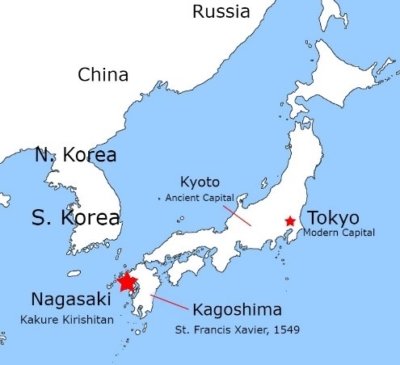 “The people whom we have met so far are the best we have discovered anywhere, and it seems that we shall never find another heathen race to equal the Japanese,” he wrote to St. Ignatius in Rome that year.
“The people whom we have met so far are the best we have discovered anywhere, and it seems that we shall never find another heathen race to equal the Japanese,” he wrote to St. Ignatius in Rome that year.
The Japanese had all the conditions for a peaceful reception of the Gospel of Jesus Christ: a single language, a unified culture, a highly cultivated sense of family and human values. Xavier and all subsequent missionaries marveled at the extreme intelligence of all the Japanese, even the peasant classes.
By the end of the 1500s Japan had nearly 300,000 converts to the faith, including members of the nobility, something unheard of in other Asian cultures. The seeds planted by Francis Xavier were growing and spreading like wildfire.
Until that fire was violently snuffed out.
The Great Tragedy
In his book, A History of Christianity, Paul Johnson calls the next stage in Japanese evangelization “one of the great tragedies of history.” It was both a self-inflicted debacle on the part of the Catholics and an act of supreme malice on the part of the Dutch and English Protestants.
The Jesuits, who had ably handled the evangelization efforts in Japan, explicitly asked the pope not to authorize any other religious orders to intervene. In this they were wise. The Japanese were (and still are) extremely suspicious of foreign influence, and the new European evangelizers had successfully walked a thin line of tolerance for half a century in that culture.
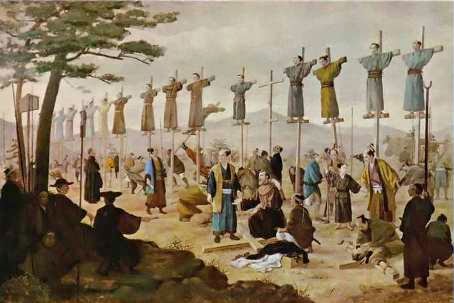 The pope sent the Franciscans anyway, who entered Japan like conquistadors. Their foreign and aggressive evangelizing methods so infuriated the local shogun that in 1597 he responded to their provocations by force marching a group of Christians 600 miles to Nagasaki and there crucifying the six Franciscans, three Jesuits, and nineteen Japanese converts (St. Paul Miki and Companions).
The pope sent the Franciscans anyway, who entered Japan like conquistadors. Their foreign and aggressive evangelizing methods so infuriated the local shogun that in 1597 he responded to their provocations by force marching a group of Christians 600 miles to Nagasaki and there crucifying the six Franciscans, three Jesuits, and nineteen Japanese converts (St. Paul Miki and Companions).
Sometimes church history makes you shake your head in astonished disbelief.
The Protestant Rebellion was in full force in Europe at that time, and soon the Dutch and English traders began to insert European politics into their relationships with the Japanese. The Protestants maliciously stoked fear of the Catholic missionaries behind their backs in order to undermine the Spanish and Portuguese hold on the lucrative trading partnership.
Predictably, the Japanese reaction was hostile and violent. The combination of Catholic infighting and Protestant hatred evoked a ferocious persecution of Catholics that lasted for 250 years and brutally ravaged the planting St. Francis Xavier had set down with such care decades earlier.
The Many Tests of Faith
Paul Johnson notes that “the Japanese converts…made Christians of unrivaled determination and courage. Had the mission been allowed to proceed under the right conditions, the Japanese would have changed the face of world religion.”
One cannot help but feel the sadness of this terrible missed opportunity for the mission of Christ.
The story of the kakure kirishitan community takes place against the background of these atrocious persecutions. In successive waves starting in the early 1600s, the Japanese shoguns viciously hunted down and killed Catholics without mercy. Here are a few of the methods they used to eradicate Christianity from Japanese soil:
- Crucifixion
- Burning alive
- Boiling in hot springs
- Drowning in frozen lakes
- Beheading
- Forced starvation
They discovered that these methods only increased the resistance of the Christians, so they turned to more horrific methods, they turned to more horrific methods, particularly water torture, and the most heinous cruelty of all: the Pit.
This method involved hanging the person upside down over a sulfurous pit, cutting the carotid artery for a slow bloodletting, and painfully leeching the life out of the victim. The average length of time it took to succumb to the torture was a week. (The 2016 Martin Scorsese movie, Silence, about the Japanese persecutions depicted the Pit scenes graphically and accurately.)
The authorities also offered rewards of 300 silver pieces to anyone who would betray Christians they knew.
Genocide by Any Other Name
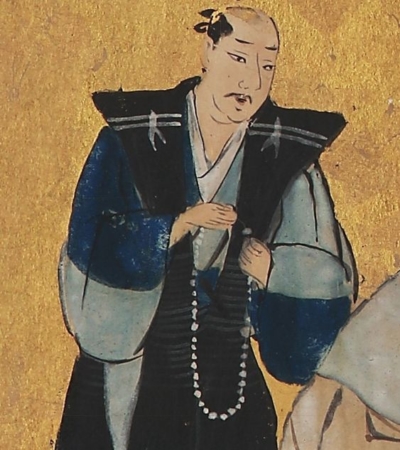
Hidden Christian Art
Perhaps the most diabolical method the Japanese had for identifying hidden Christians was called the fumie, in which the authorities marched into a village, rounded up the people, and forced them to stomp on crucifixes or pictures of the Blessed Virgin Mary in public. Any who refused or even showed signs of hesitation were immediately carted off to prison and death.
In fact, the situation became so drastic that the priests composed a set of exhortations called “Preparation for Martyrdom” which taught the people how to go to their deaths without fear. Imagine!
The result was nothing short of genocide. About 400 Japanese martyrs have been canonized by the Catholic Church but historians estimate that as many as half a million Christians suffered horribly and died during the next 250 years of persecution by the samurai warlords.
The Miracle of the Hidden Christians
Scorsese’s film has been criticized for depicting the suffering of the Japanese without the Christian virtue of hope that actually sustained them. Hope is where the 250-year miracle lies.
At least seven generations of the kakure kirishitan never renounced their Catholic faith. They taught it to their children in secret. They blended into society and lived peaceful and productive lives but with the menacing sword of martyrdom hanging over their heads at all times.
What sustained them during two-and-a-half centuries of persecution? They had no Eucharist because they had no priests. They had no sacramental grace other than Baptism, which the laity can administer in extreme situations such as theirs.
But they had strong families of profound faith, which assured a clear line of transmission over the centuries. Written resources such as the Manual for Contrition and a manual of reflections called Ascetic Training helped them to maintain their spiritual equilibrium even when they were deprived of bibles and sacraments.
Their Hope was Not Disappointed
Two and a half long centuries later, the geopolitical situation changed dramatically. Commodore Matthew Perry sailed into Tokyo Harbor in July of 1853 and “obliged” the Japanese to open up trading partnerships once again to the West. US gunship diplomacy worked quite effectively on a country that had no navy.
One of the provisions of the treaty was that Christian missionaries be allowed back into Japan. The last Christian missionary had been killed in 1644, so over 200 years of isolation and martyrdom had finally come to an end. Yet, the anti-Catholic atmosphere of fear and repression didn’t dissipate so easily.
The next year, in March of 1865, a number of Japanese natives watched intently as a French Catholic missionary named Fr. Petitjean was setting up a chapel in a remote village of Nagasaki called Urakami Urakami (in a terrible irony of history, eighty years later this village was actually ground zero for the atomic bomb).
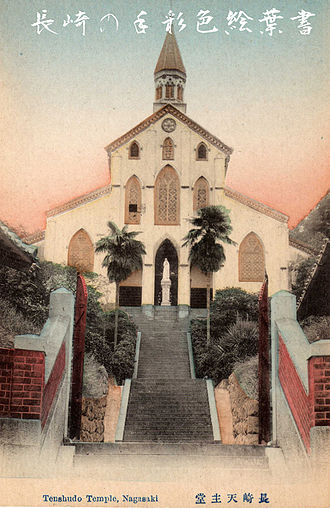
Modern Day Church of the Japanese Martyrs_Oura, Nagasaki
They were particularly attracted to a marble statue of the Blessed Virgin Mary, which was something they had never seen before: “Look!” they said, “there is the Virgin Mary holding the Baby Jesus in her arms!” Then an old woman of the village made the courageous decision to speak to the foreigner and say to him discreetly, “Our hearts are the same as yours.”
Fr. Petitjean was utterly astonished when he heard those words. He understood immediately what they meant but didn’t know there were any Christians left in Japan. He eventually discovered that there were as many as 30,000 Hidden Christians in Japan!
The missionary’s first encounter with these crypto-believers led to a series of interviews with the underground community after which he determined that these Catholics had held on to the essential doctrine of the Catholic faith for more than two centuries. Their understanding of the basic elements of the catechism – the Trinity, the divinity of Jesus, the Our Father, the Ten Commandments, etc. – was remarkably intact (which is more than we can say for most Catholic high school graduates today.)
Their only sacrament was Baptism, which they had practiced in secret and for which they had developed more than twenty different names in order to disguise the practice from the hostile authorities.
Turning the Tables
Then a reciprocal testing took place. The hidden Christians had a few points of examination for Fr. Petitjean!
They needed to know whether the Church of the missionary was the same Church that had planted the faith in the hearts of their ancestors, so they asked him:
- Does the supreme leader of your church wear white? (The word “pope” had not survived the passage of time, but the understanding of his office had) – Yes;
- Is the Mother of Jesus also a Virgin? (expressing the doctrine of the Perpetual Virginity of Mary); and
- Do the priests of your religion remain unmarried for their whole lives? (the discipline of clerical celibacy).
Their criteria for determining the true Church of Christ were as astonishing to the missionary as the miracle of handing on the faith intact for seven straight generations. It’s as if the kakure kirishitan had just proven beyond the shadow of a doubt the truth of our Lord’s words to Peter:
“Upon this rock I will build my church, and the gates of the netherworld shall not prevail against it” (Matthew 16:18).
———-
[Sources: La Civiltá Cattolica; Silence movie; Paul Johnson, A History of Christianity, (NY: Touchstone, 1976), 415-21.]
[Note: This article is a reproduction of the Sacred Windows Email Newsletter of 2/6/22, so it does not end with the regular Soul Work section. Please visit our Newsletter Archives.]
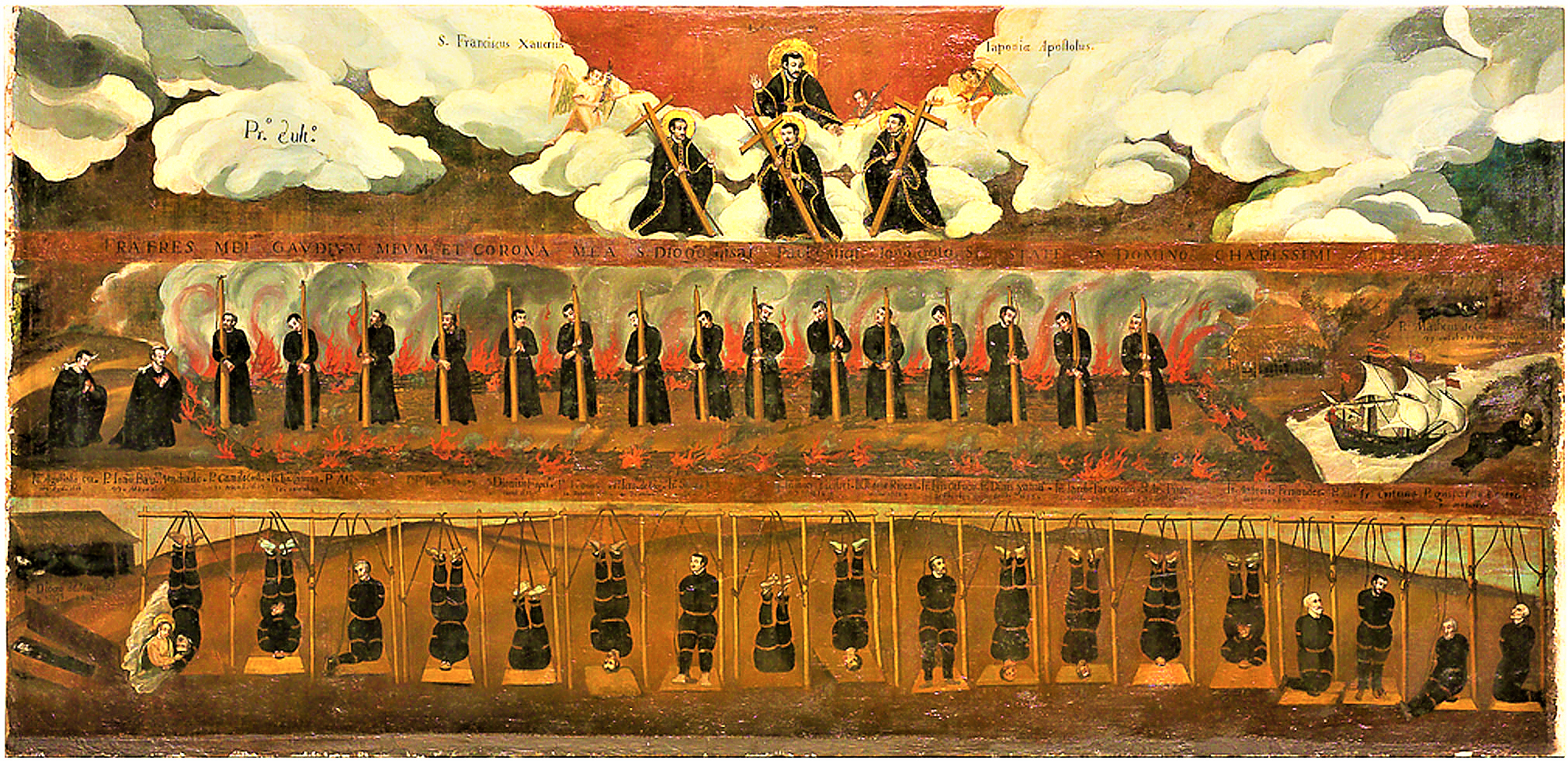
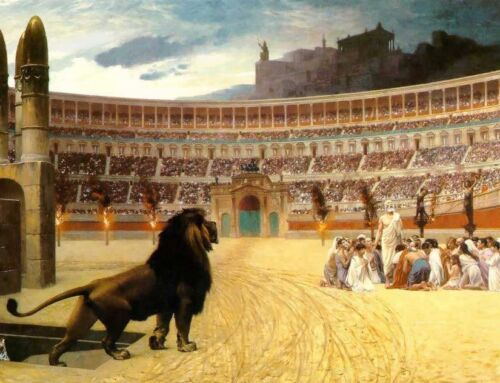
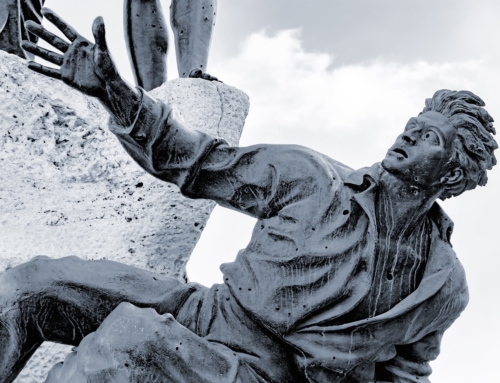
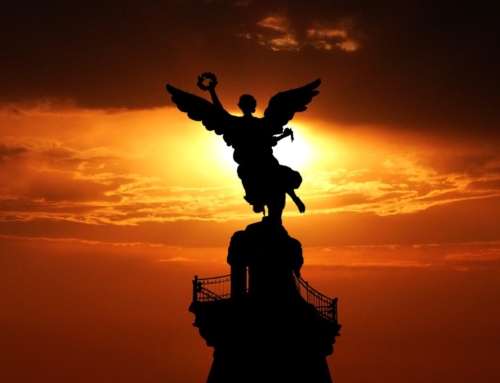
Outstanding article on the Church in Japan!
I greatly appreciate your feedback, Steven. All the best!
Thank you. Their faith remains a powerful example.
I lived in Kumamoto Prefecture for four years, and was inspired by the things I learned during my visits to Amakusa and Nagasaki. You might be interested in the historical fiction novel I wrote, based on the events of the Shimabara Rebellion and the person of Shiro Amakusa (whose character I renamed Nakagawa, the family name of my own Japanese grandmother).
https://www.arxpub.com/literary/Masaru.html
Beautiful.
Beautiful.